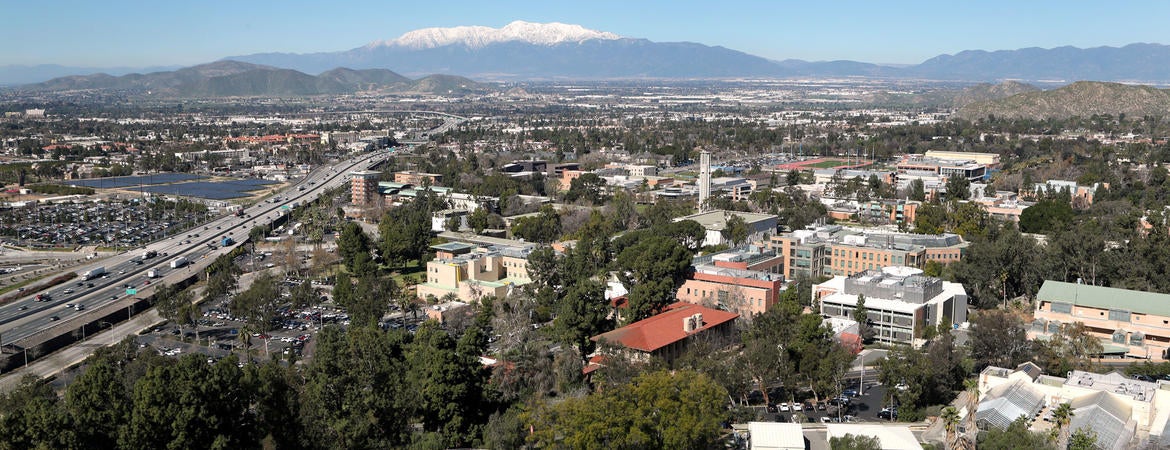
Following a historic plunge in the second quarter, business activity in the Inland Empire rebounded rapidly in the third quarter as regional employment recovered more than 54,000 jobs, according to a new analysis released today by the UCR School of Business Center for Economic Forecasting and Development.
Driven primarily by a jump in consumer spending, on an annualized basis, business activity in the Inland Empire soared 16% in the third quarter, following a dismal 26.5% decline in the second. And while Riverside and San Bernardino Counties remain among California’s top five locations in terms of the highest number of confirmed COVID-19 cases, the region’s unemployment level is tracking below the state’s, indicating resilience relative to other areas.
Moreover, although the current resurgence of the virus and the associated restrictions on economic activity are introducing a substantial downside risk, the new analysis says an even broader economic recovery is likely in 2021, a prospect that has been bolstered by positive vaccine developments. The report notes that a genuine return to pre-COVID consumer demand won’t occur until the spread of the virus is controlled.
“Controlling the spread of COVID-19 and maintaining momentum in the labor market will be key over the next few months,” said Adam Fowler, Director of Research at the Center for Forecasting. “While it will be a dark winter given the virus resurgence, the record pace of economic growth in the third quarter has been faster than in previous business cycles, and combined with positive vaccine news, it’s a promising trend.”
Unlike the massive disruptions that have occurred in employment and business activity, the pandemic has left the Inland Empire’s housing market relatively unscathed, according to the new analysis. Similar to California’s other major metros, the declines in home prices and home sales that marked the early stages of the crisis were short lived and have wholly reversed themselves. Inland Empire home price appreciation reached into the double digits in July and has continued to increase through October, the most recent data available, while home sales in the region increased 55% from the second to the third quarters.
The improvement, however, has not been evenly distributed.
“The upswing in home prices and sales is certainly reflective of the ‘nesting’ instinct the pandemic has aroused as we all spend more time at home,” said Fowler. “But most of the advances we see are occurring in the upper end of the housing market, among homeowners with higher incomes; parts of the Inland Empire’s housing market, and population, are struggling.”
Key findings include:
- In Riverside County, on an annualized basis, the median home price jumped 11.8%, rising from $429,000 to $480,000. Home sales have soared 28%.
- San Bernardino County’s price surge has been even greater with the median home price rising from $315,000 to $359,000 over a one-year period, a 19.4% increase. Home sales have jumped 19.8%.
- Nearly 26% of the Inland Empire labor force is employed in industries that have been heavily impacted by COVID-19. The vast discrepancy between these industries and those that have weathered the storm, will limit how much the housing market can continue to strengthen without containment of the virus.
- In a unique twist, unlike the state’s other major metros, the Inland Empire’s rental market has maintained a healthy pace of growth with average rent increasing 2.5% from September 2019 to September 2020. Rents in every submarket within the region either gained or experienced little change as a result of the pandemic. This is likely indicative of the broader pandemic-driven exodus that has occurred from dense urban centers to more suburban environments.
- Construction permit activity in the Inland Empire suggests the region is faring much better than its Southern California neighbors, with continued increases in both multifamily and single-family housing permits.
View the new Inland Empire Business Activity Index here.



